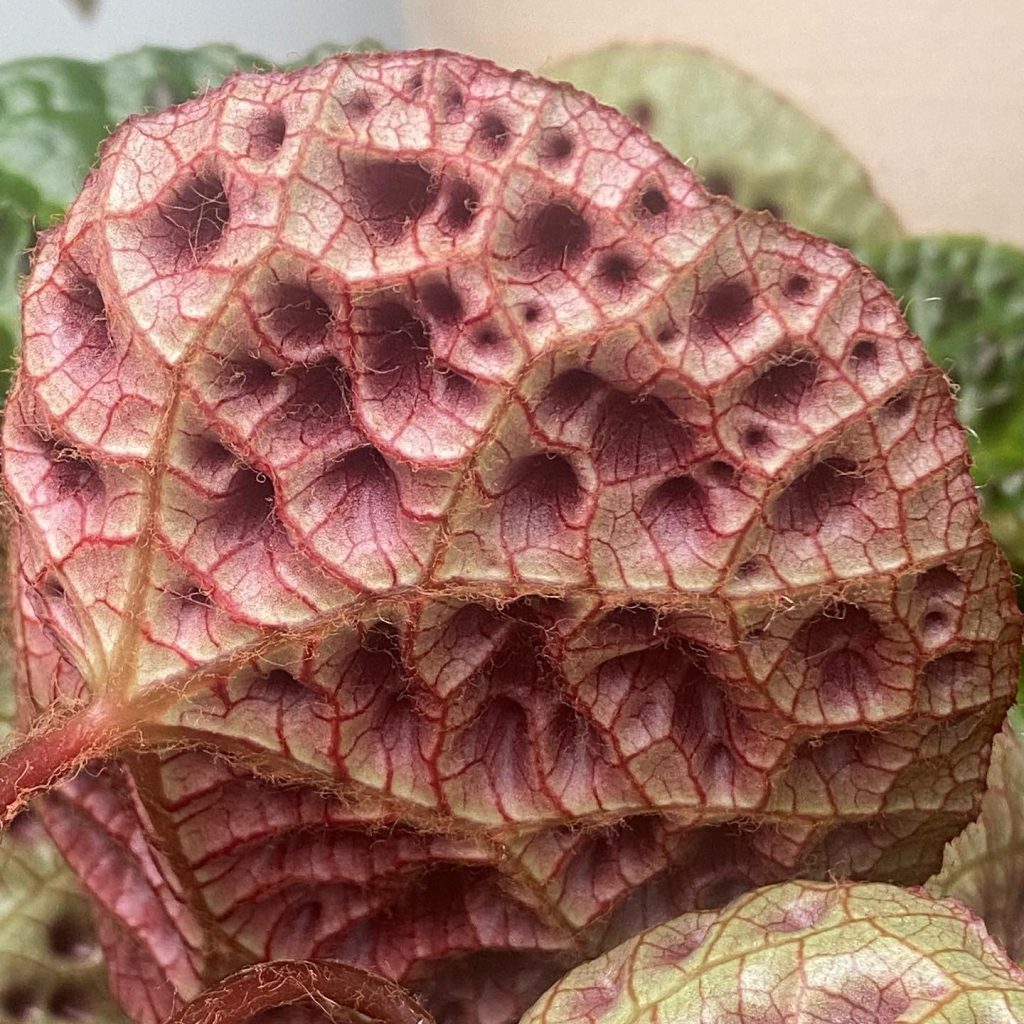Assuming you care about indoor gardening, it very well might be on the grounds that you simply love the vibe of new plants surrounding you. Perhaps you live in a metropolitan region, and do not have space outdoors to grow a garden. Or on the other hand it very well may be on the grounds that you love plants such a lot of that you cannot exposed to be without them. Certain individuals attempt to develop plants indoors or even hydroponically, and end up with shriveled or dead plants very quickly. This can genuinely be a hopeless circumstance, and spike you on to learn everything about indoor gardening and the appropriate consideration of plants.
 Anything that reason you wish to learn, indoor gardening can be a magnificent leisure activity, and an incredible manner by which you can develop your own spices, vegetables, and even products of the soil oxygenate your room all the while. Individuals have been gardening for millennia, both in fields and with pruned plants. However, the genuine course of indoor gardening is a considerably more late action. Old Egyptians were known to concentrate on the method involved with developing plants indoors, and later on pilgrims who visited the New World would need to develop new plants that they found indoors to keep them alive and take them back to their homelands. This is the manner by which tropical plants were brought into Europe.
Anything that reason you wish to learn, indoor gardening can be a magnificent leisure activity, and an incredible manner by which you can develop your own spices, vegetables, and even products of the soil oxygenate your room all the while. Individuals have been gardening for millennia, both in fields and with pruned plants. However, the genuine course of indoor gardening is a considerably more late action. Old Egyptians were known to concentrate on the method involved with developing plants indoors, and later on pilgrims who visited the New World would need to develop new plants that they found indoors to keep them alive and take them back to their homelands. This is the manner by which tropical plants were brought into Europe.
Truth be told, many indoor plants that are around today were created from examples that were gotten back from different nations the nineteenth century. Bamboo plants, African violets, insect plants, chrysanthemums, fuchsias, azaleas and philodendrons all came from different nations and were reared to flourish in an indoor climate. The development of indoor plants began to become famous, and an entirely different endeavor was established in it. Botanists, dignitaries, gardeners, evangelists, brokers, and even negotiators all profited from the exchange of indoor plants and the developing fame of indoor gardens. With the innovation of the glass plate in the nineteenth century, indoor gardening worked on significantly more. Indoor gardens flourished in light of the fact that develop rooms could remain hotter and benefit from the additional daylight. Botanists from around the world devoted their lives to looking out new types of Plants London that would flourish in an indoor climate. Robert Fortune, for instance, was a Scotsman who went through numerous years chasing after tea plants, camellias, and blue peonies in Japan. He was known to camouflage himself in Chinese clothing, and even wear his hear in a ponytail to attempt to pass as Japanese.
